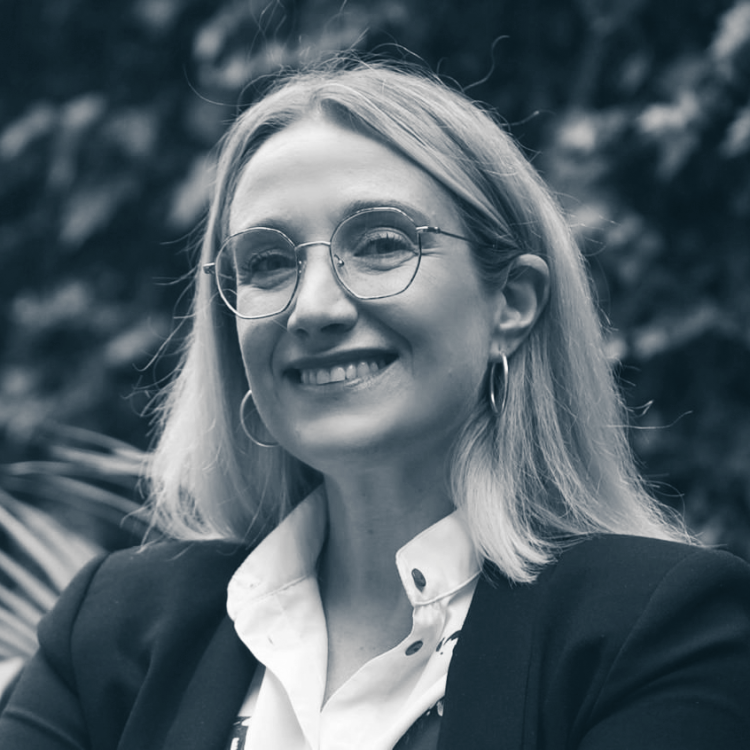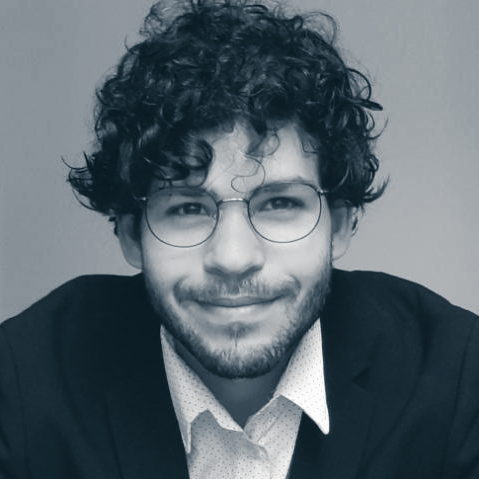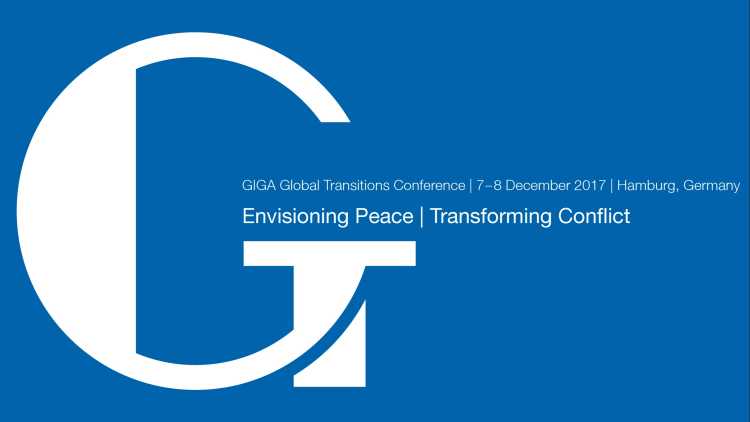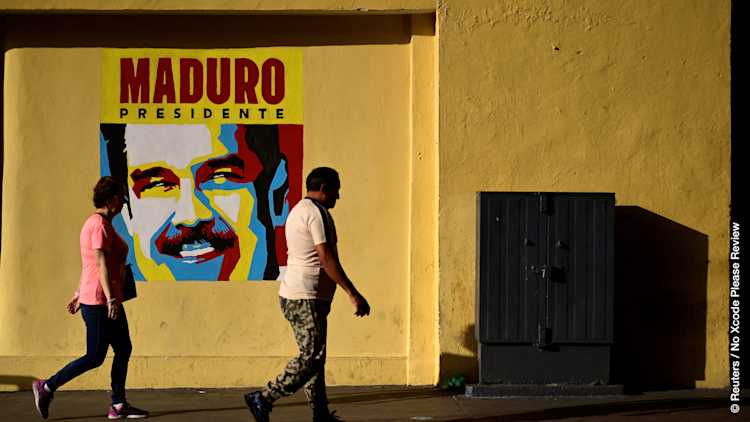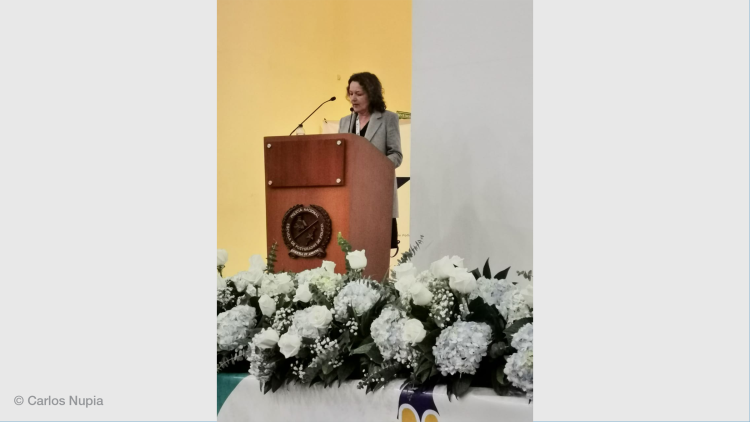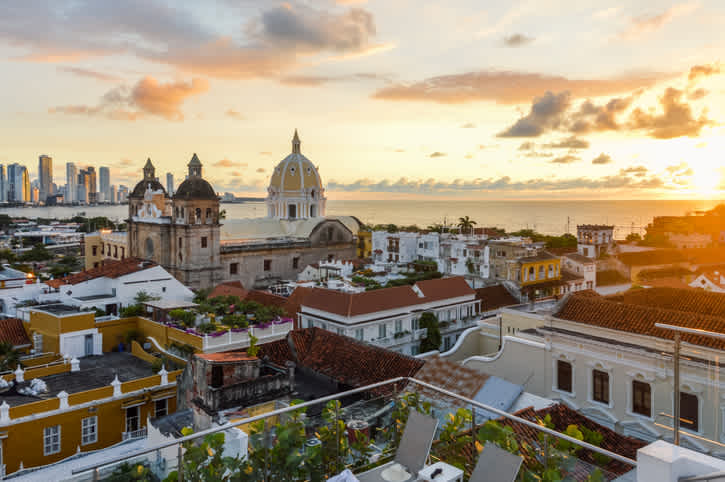PEACEptions
Providing a conceptual framework in which different ideas of peace can be highlighted and their differences analysed in order to be able to formulate concrete proposals for peacebuilding is at the heart of this project. The concept is based on three elements whose meaning crosses historical and cultural boundaries: physical integrity, individual and collective human rights, and constructive conflict transformation.
FES, 2021-2023
Team
Kooperationspartner
Forschungsfragen
* How do different societal groups frame peace?
* What explains variation at the national and subnational level?
* How can this be translated into context-sensitive peacebuilding strategies?
Beitrag zu internationaler Forschung
The project contributes to the debates on the varieties of peace (Olivius and Åkebo 2021), context sensitive approaches of peacebuilding (Kurtenbach 2020), and the possibilities to integrate peacebuilding at different levels e.g. vertical integration (McCandless, Abitbol, and Donais 2015).
Forschungsdesign und Methoden
As a first step, the central conflicts (and their actors) are analysed at different levels. Qualitative and quantitative data on the three pillars of peace enable varieties to be identified but also provide opportunities for peacebuilding. The picture is rounded off with a survey of the prevailing ideas of what peace means to different groups of actors. The results will feed into policy recommendations for peacebuilding in Germany, the EU and the UN.
Vorläufige Ergebnisse
The results of the Colombia study show the added value of the conceptual frame and provide evidence for the entanglements of peacebuilding at different territorial levels and between a variety of actor networks.


